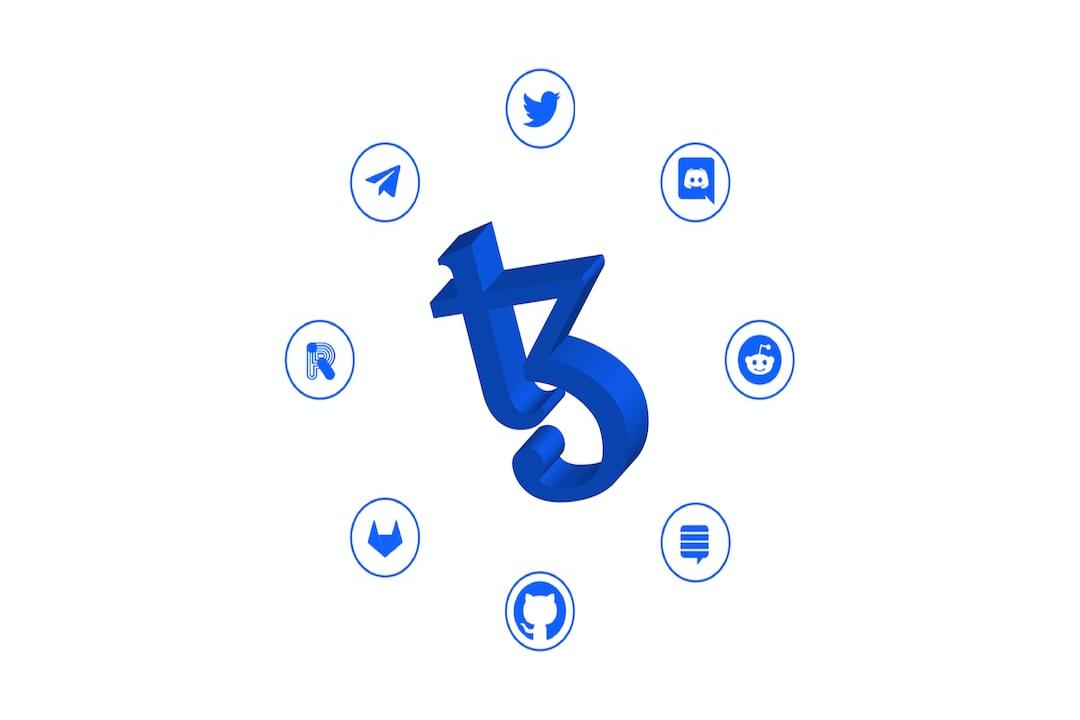Uncover the process of creating an Ethereum wallet for secure storage of Ether (ETH) and ERC-20 tokens. Discover how to seamlessly send and receive crypto and connect with dapps without any hassle.
In the realm of cryptocurrency, Ethereum has emerged as a significant center for decentralized applications (dapps) and smart contracts. Recent data from DappRadar reveals that there are over 4,500 dapps constructed on Ethereum and more than 176,000 smart contracts deployed on the network.
ETH stands as the second-largest cryptocurrency by market cap and consistently ranks among the top five most traded tokens daily. Therefore, it is highly likely that anyone involved in cryptocurrency and blockchain will come into contact with Ethereum at some point.
For this reason, it is crucial to have secure and user-friendly Ethereum wallets. This comprehensive guide will walk you through the process of creating an Ethereum wallet, particularly aimed at beginners venturing into the world of crypto.
What is an Ethereum wallet?
Ethereum wallets are often likened to online bank accounts. Instead of holding fiat currency, these platforms enable you to store and manage ETH along with other Ethereum-based digital tokens. They also facilitate interaction with dapps and execution of smart contracts.
There are numerous Ethereum wallet providers, each with their own set of advantages and disadvantages. Choosing a specific one, as discussed later, ultimately depends on your preferences and what suits you best.
How many Ethereum wallets are there?
A common query is: How many Ethereum wallets exist? The answer is multifaceted. At a basic level, there are two types of Ethereum wallets:
1. Externally owned accounts (EOA): These are accounts owned and controlled by a private key. Account holders use these keys to sign transactions involving ETH or engaging with smart contracts.
2. Contract accounts: These accounts operate using code, known as smart contracts. These contracts can be programmed to perform various functions, like sending ETH, generating tokens, or acting as a decentralized application. Contract accounts represent digital assets or identities on the Ethereum blockchain.
Further categorizing Ethereum wallets, especially EOAs, they fall into two main types: hot and cold wallets, each offering distinct features and security measures.
Hot wallets: These wallets keep your private keys online, allowing access from any device with an internet connection.
Cold wallets: These wallets store private keys offline, only connecting to the internet when making transactions. While not as user-friendly as hot wallets, they offer enhanced security.
Types of hot wallets
Mobile wallets: These are accessible via smartphones, offering convenience and user-friendliness.
Web wallets: Provided by third parties, these wallets do not require software downloads, only an internet connection.
Browser extensions: These extensions interact with decentralized applications on browsers and are typically safer than web wallets due to encryption of private keys.
Types of cold wallets
Paper wallets: Private keys are printed on paper and physically stored, though the risk of loss is high.
Hardware wallets: Physical devices that store private keys offline, providing enhanced security.
How to create an Ethereum wallet
For those wondering how to create an Ethereum wallet, the process is straightforward and can be done on smartphones, tablets, or computers:
Hot wallets: Choose a trusted wallet app like MetaMask or Trust Wallet, follow the setup instructions, and secure your private key and recovery phrase.
Hardware wallets: Purchase a physical wallet like Ledger or Trezor, follow setup instructions, and secure your recovery phrase.
Paper wallets: Use a trusted wallet generator to create Ethereum wallets offline, print your wallet, and store it in a secure place.
How to use an Ethereum wallet
When you open your Ethereum wallet, you’ll see a dashboard displaying your balance and options to send and receive tokens.
Sending cryptocurrency: Obtain the recipient’s Ethereum wallet address, ensure network compatibility, enter the address, and click on “Send” after verifying sufficient ETH for transaction fees.
Receiving cryptocurrency: Share your unique receiving address to receive crypto, similar to a bank account number.
Connecting to dapps: Your Ethereum address works across all Ethereum dapps, eliminating the need for separate registrations.
In conclusion
Opening an Ethereum crypto wallet is a prudent move for diversifying assets beyond Bitcoin. However, the dynamic nature of the crypto market necessitates cautious and intelligent investment. Selecting the right Ethereum wallet is crucial for safeguarding your assets.

